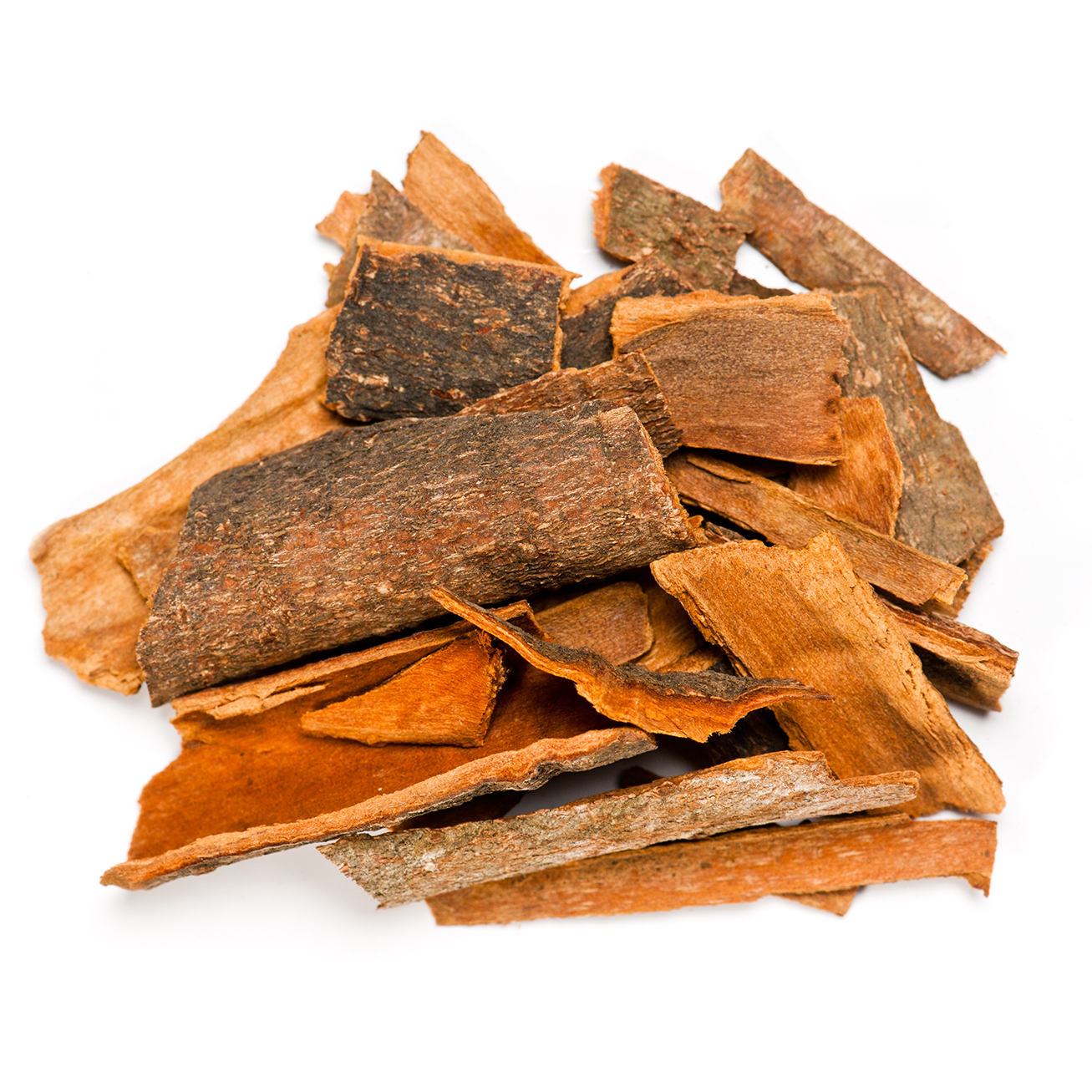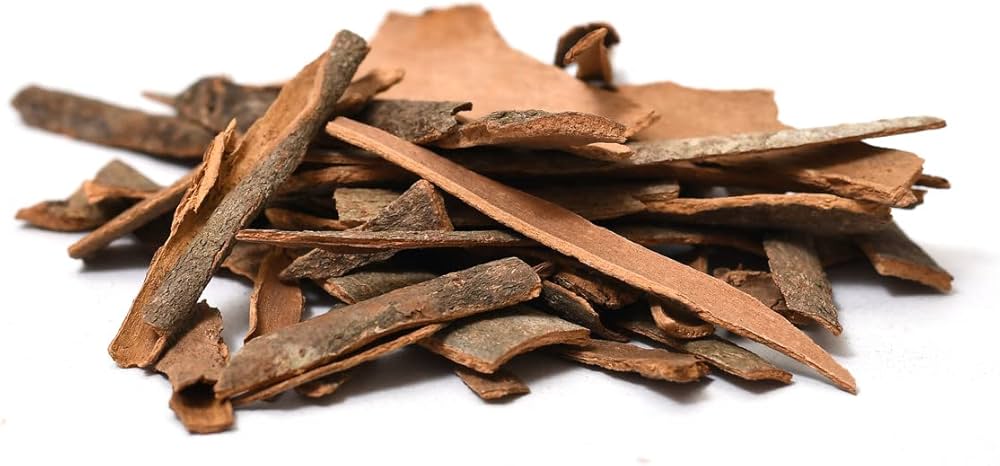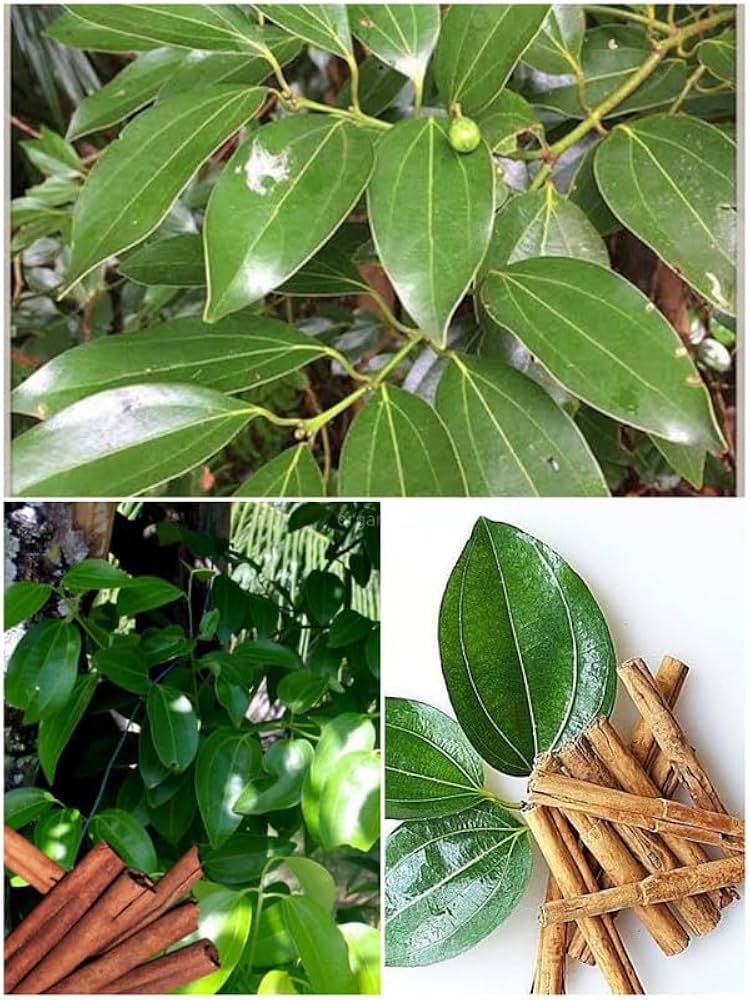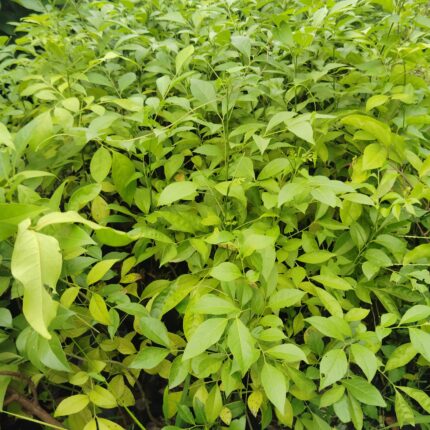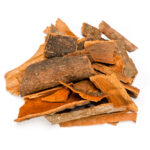

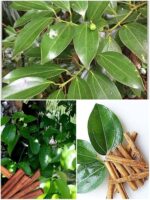
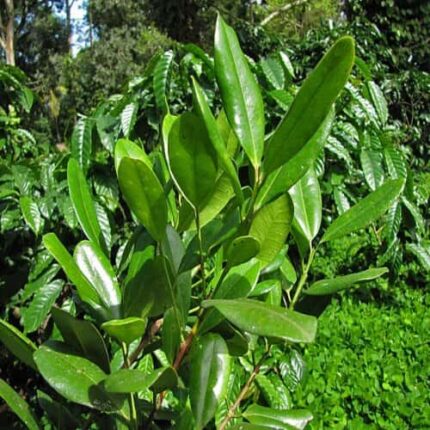
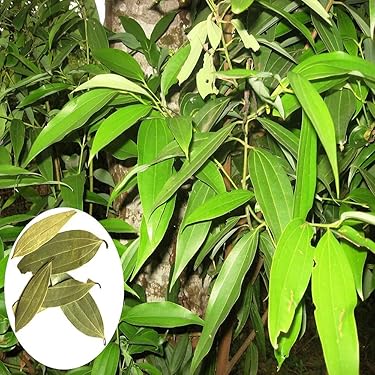
Dalchini plants
₹649 Original price was: ₹649.₹449Current price is: ₹449.
“Dalchini” (दालचीनी) is the Hindi name for cinnamon, one of the world’s most popular and ancient spices. It is derived from the inner bark of several tree species belonging to the genus Cinnamomum.
While “dalchini” is often used broadly, it’s important to note that there are two main types of cinnamon in commercial use, each with slightly different characteristics:
-
Ceylon Cinnamon (True Cinnamon – Cinnamomum verum / Cinnamomum zeylanicum)
- Description: This is often considered “true cinnamon” and is native to Sri Lanka (formerly Ceylon), as well as parts of southern India and Myanmar. The tree is a bushy evergreen, typically growing 6-8 meters tall in the wild, though cultivated plants are kept smaller for easier harvesting. The leaves are oval-oblong and glossy.
- Spice Formation: The spice is made by carefully scraping the outer bark from young shoots and then peeling off the thin inner bark. As this inner bark dries, it curls into multiple delicate, thin layers, forming distinct, brittle “quills” (cinnamon sticks). These quills are light brown and relatively easy to grind.
- Flavor Profile: It has a delicate, sweet, and complex aroma with subtle citrusy notes and less pungency. It’s often preferred in desserts and lighter dishes where a nuanced flavor is desired.
- Coumarin Content: Contains very low levels of coumarin, a naturally occurring compound that can be harmful to the liver in large quantities. This makes Ceylon cinnamon a safer choice for regular or high consumption.
-
Cassia Cinnamon (often simply called “Cinnamon” in North America – Cinnamomum cassia, C. burmannii, C. loureiroi)
- Description: This is the most common type of cinnamon found in many grocery stores, particularly in India where “dalchini” most frequently refers to Cassia. These trees are also evergreens, and the bark is harvested differently.
- Spice Formation: Cassia bark is thicker and coarser than Ceylon cinnamon. When dried, it forms harder, thicker quills that often consist of a single, tightly curled layer. It’s reddish-brown to dark brown.
- Flavor Profile: Stronger, more pungent, and spicier than Ceylon cinnamon, with a less delicate sweetness. Its bold flavor makes it suitable for heartier dishes, baked goods (like cinnamon rolls, as it holds up well to baking), and spice blends.
- Coumarin Content: Contains significantly higher levels of coumarin compared to Ceylon cinnamon.
General Characteristics of Dalchini (Cinnamon):
- Plant: An evergreen tree of varying heights depending on the species and cultivation method.
- Part Used: The dried inner bark of the tree.
- Aroma & Flavor: Warm, sweet, woody, and aromatic, with variations in intensity and undertones depending on the specific type (Ceylon vs. Cassia). The flavor comes primarily from an essential oil called cinnamaldehyde.
- Forms: Available as whole sticks (quills) or as a ground powder.
- Culinary Uses: Extremely versatile. Used widely in:
- Sweet dishes: Desserts, baked goods (cakes, cookies, pies), puddings, fruit preparations, and beverages (chai, hot chocolate).
- Savory dishes: Curries, stews, biryanis, pilafs, meat rubs, and various spice blends (like garam masala).
- Traditional Uses & Health Benefits: Dalchini has been used for centuries in traditional medicine systems like Ayurveda. It is believed to have:
- Antioxidant properties
- Anti-inflammatory effects
- Antimicrobial properties (antibacterial and antifungal)
- Potential to help regulate blood sugar levels and improve insulin sensitivity.
- Aids digestion and can help with issues like bloating.
- May contribute to heart health by helping to lower cholesterol and triglyceride levels.
In summary, dalchini is a highly valued and widely used spice that adds a comforting warmth and sweet-spicy aroma to a vast array of dishes across many cuisines

